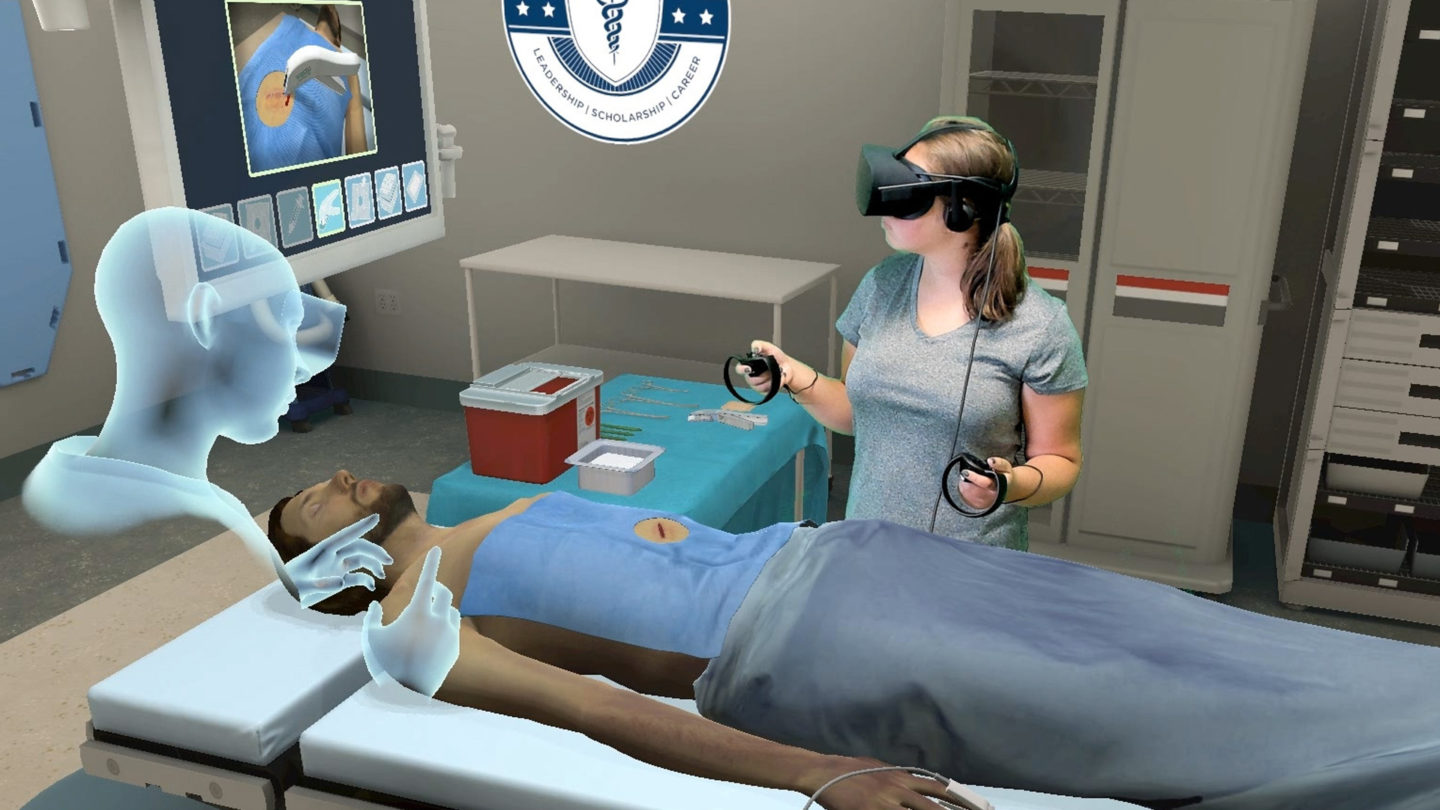- In which ways “virtual reality” can be used in education? (Can be explained with the subject of your interest).
There are numerous ways to use technology in the form of VR in education, for instance, in practicals, field trips and live experiences by combining real world with animations to explain topics. Furthermore, VR provides training along with high technology and makes distance learning convenient for students as well as teachers. To cite with an example, for teaching science, use of VR could be beneficial. There are many topics in science that needs firsthand experience, however, due to some reasons, it is not always possible to provide learning by doing to students, and thus, teachers can use VR in such instances such as virtual surgeries as practical to biology students, nuclear reactions to chemistry students and internal working of gadgets to physics students.
- Technology has become a significant part of the day-to-day teaching-learning process. What are the challenges faced by an educator while selecting technology to enhance their teaching?
It is very necessary and challenging concept for teachers to select technology relevant to need and availability. Some of those challenges are given below:
- Training- Some teachers try to adapt technological tools without knowing methods and effects of their use, but for positive results, they have to learn use of technology.
- Access- The lack of accessibility for technology with respect to time and availability of gadgets is another issue for teachers. This could be due to fewer budgets or less network.
- Regulations- Teachers have to check state or national regulations about some tools, whether they are allowed to use in that country or not due to their protective measures. For instance, FIPPA is a regulation provided by Canadian government to grant access.
- Quality of content- Another concern for teachers is to verify the quality of content according to need of subject matter. Sometimes, the content with low quality integrates wrong information in students.
Johnson, A. M., Jacovina, M. E., Russell, D. E., & Soto, C. M. (2016). Challenges and solutions when using
technologies in the classroom. Adaptive educational technologies for literacy instruction, (pp. 13-29).


Hi Kamaldeep,
I totally agree with you that teachers have to deal with quite a few of challenges in integrating VR into classrooms. They will need decent trainings, time assumption, technological infrastructure in school, compatibility of the subjects, accessibility to digital devices of students, security and privacy of the VR applications.
Sincerely,
Kate
Hi Kamaldeep,
I like your idea about the challenges the teachers might have when they bring tech in classroom. The lack of access and regulations is a problem. I believe most of the teachers are welcome the Immersed of tech in classroom, however, they don’t get enough support from society or system.